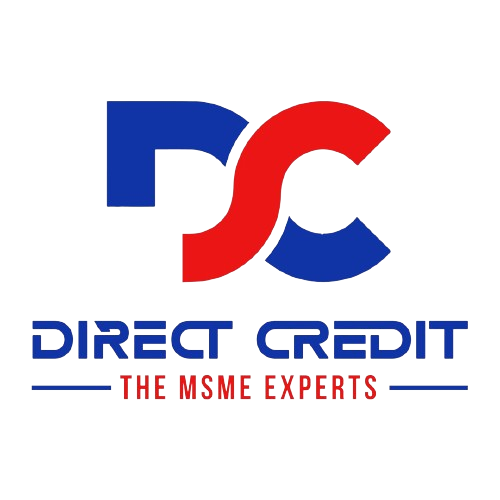- January 6, 2024
- Posted by: admin
- Category: Blog

Navigating the Labyrinth: Identifying the Right Loan for You
Borrowing money can feel like stepping into a financial maze. With countless loan options, each promising unique terms and conditions, choosing the right one can be overwhelming. But fear not, intrepid borrower! This blog is your roadmap to navigating the loan labyrinth and identifying the perfect loan to meet your needs.
Step One: Know Your Purpose
Before diving into specific loan types, let’s define your borrowing mission. What is the money for? Here are some common loan categories:
- Big-ticket purchases: Mortgages for homes, auto loans for cars, and student loans for education fall under this category.
- Debt consolidation: Streamlining multiple debts into one manageable loan with a lower interest rate.
- Personal expenses: Covering unexpected costs like medical bills, home repairs, or vacations.
- Business ventures: Injecting capital into your entrepreneurial dreams.
Step Two: Secured vs. Unsecured Loans
Now, let’s explore the loan structure itself. Loans can be categorized based on collateral:
- Secured loans: These require you to pledge an asset, like your house or car, as security. If you default, the lender can seize the asset. Secured loans typically offer lower interest rates.
- Unsecured loans: No collateral is involved, but lenders rely heavily on your credit score and income to assess risk. Interest rates tend to be higher for unsecured loans.
Step Three: Unveiling the Loan Landscape
With your purpose and security preference in mind, let’s delve into specific loan types:
- Mortgages: For buying a home, with fixed-rate or adjustable-rate options and varying down payment requirements.
- Auto loans: Finance your car purchase with fixed or variable interest rates and loan terms that match your budget.
- Student loans: Government-backed or private loans to fund your education, with flexible repayment options.
- Personal loans: Cover a wide range of needs with unsecured loans, often with fixed interest rates and quick disbursement.
- Home equity loans or lines of credit: Leverage the equity in your home for various purposes, with fixed or variable rates and different repayment terms.
- Debt consolidation loans: Simplify your debt management by merging multiple loans into one.
Step Four: Comparing the Costs and Conditions
Now that you’ve identified potential loan types, it’s time to compare their terms and conditions:
- Interest rates: The cost of borrowing, expressed as a percentage of the loan amount. Compare Annual Percentage Rates (APRs) to get a true picture of total costs.
- Repayment terms: The length of time you have to repay the loan. Longer terms mean lower monthly payments but higher total interest paid.
- Fees: Origination fees, closing costs, and prepayment penalties can add to the overall loan cost.
- Eligibility requirements: Credit score, income, and debt-to-income ratio play a role in loan approval and interest rates.
Step Five: Seek Expert Guidance
Don’t embark on this journey alone! Consult financial advisors, loan comparison websites, or even lenders themselves to get personalized recommendations and negotiate the best possible terms.
Remember: Borrowing responsibly is key. Choose a loan that fits your budget and repayment capacity, and prioritize financial literacy to make informed decisions throughout the process.
By following these steps and conducting thorough research, you can emerge from the loan labyrinth not just with the right loan, but also with the confidence of a financial navigator!
